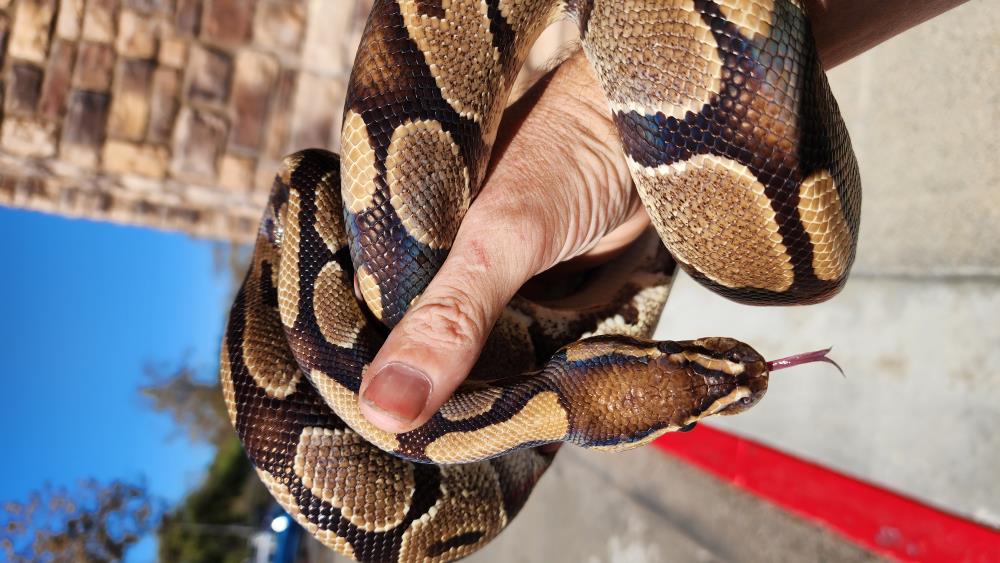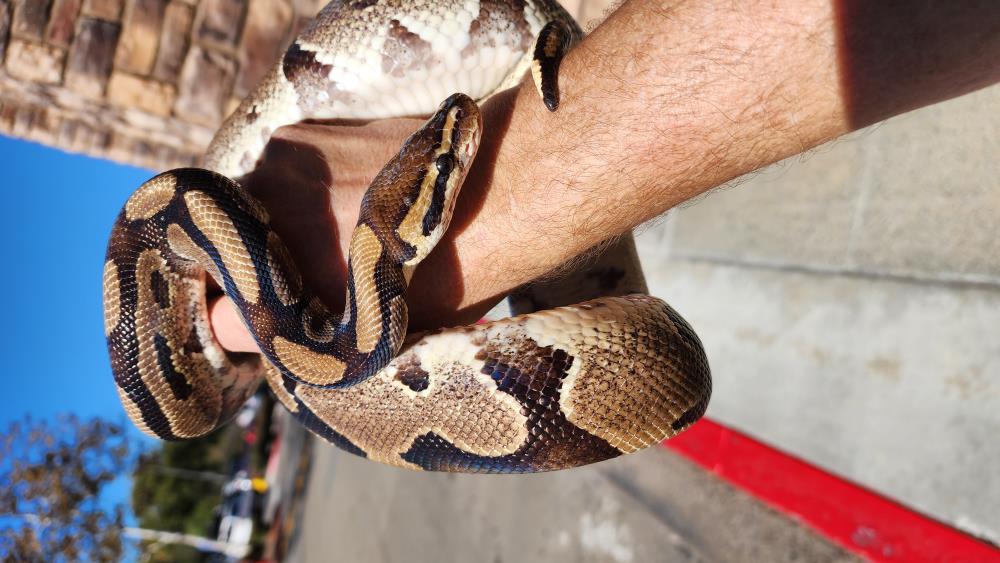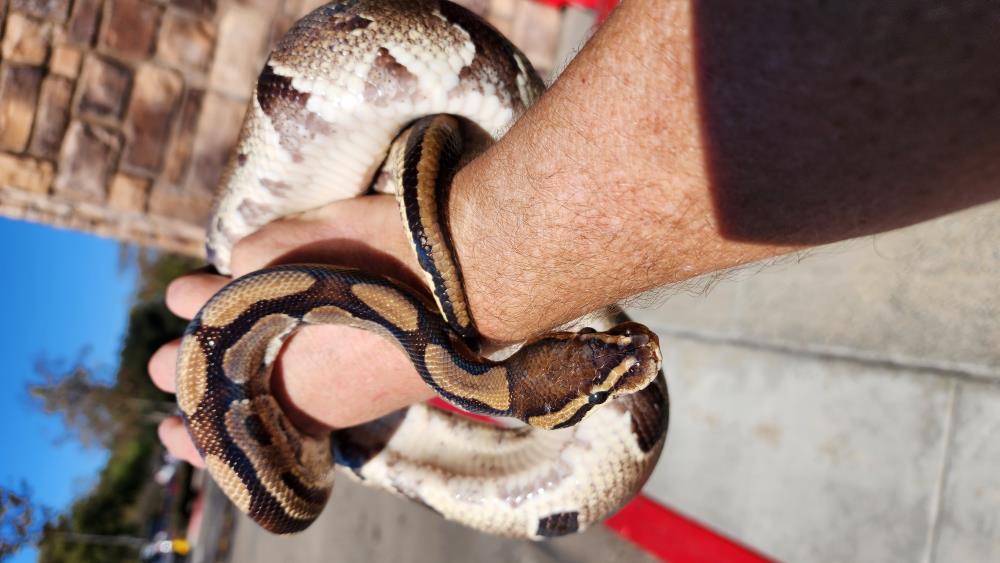


Adoption Details For Valentino!

Name:
Valentino
Animal Id:
12486
Date Created:
2/3/2024 3:43:03 AM
Age:
18 Year(s) 12 Month(s) Old
Type:
Snake
Gender:
Undetermined
Primary Breed:
Ball Python
Spayed / Neutered:
No
Secondary Breed:
Microchip:
Primary Color:
Black
Markings:
Secondary Color:
Brown
Pattern:
Weight:
2 lbs
Hi, I am available for adoption / foster and my photos and bio are coming soon.
If you would like to get to know me better now, please click the Adoption Application button below and an adoption counselor will reach back out to you!
PLEASE NOTE:
1- We can only accept applications from interested parties who are in or near San Diego County, California at this time.
2- We do not ship reptiles but we may be willing to work with you if you are willing to travel if you are still in Southern California.
3- #2 will depend on the animal that you are applying for and is at the discretion of the board of directors.
Quick Reference Guide
Animal Type
Snake
Breed
Ball Python
Introduction
Ball pythons, also known as the Royal Python, are a non-venomous, constrictor species native to the bushlands and savannas of Central and Western Africa. They are a medium-sized snake ranging from 3-6 feet. These snakes are crepuscular, which means that they are most active at night, but especially active around dawn and dusk. As ambush hunters, they actively track down and then wait for prey such as rodents, birds, and lizards to scurry past before striking. Ball pythons are sexually dimorphic, which means there is a noteworthy difference in size between males(smaller) and females (larger), but not as large in some other snake species. Ball pythons have a 15-30 year lifespan in captivity.
Difficulty
Beginner
Difficulty Notes
Ball pythons are among the most popular pet snakes. They are good beginner snakes because they are docile and easy to handle.
Basking Temp
95-104
Ambient Temp
80-86
Lowest Temp
72-78
Temp Notes
The use of undertank heat mats with glass tanks or radiant heat panels as internal heaters for night heat, and cage guarded halogen/incandescent bulbs as day heat is preferred. Never install any heating device without plugging it into a thermostat and always securely wire the thermostat probe within the heating range of the device generating heat.
Diet
Carnivore
Diet Notes
Frozen thawed rodents in sizes equal to the girth of your snake at its center. Feeding frequency in general is 1 prey item fed in intervals coorisponding to the length in feet of your snake. A one foot snake would be fed weekly, a 4 foot snake every 4 weeks, etc. As ball pythons get larger their metabolism slows down. This is a guidleine, so adjust to the health of your specific snake to maintain a healthy weight.
UVA Intensity
Shade Dweller
UVB Intensity
Low/Occasional
Ferguson Zone
2
Lighting Notes
Provide 12hrs of both light and darkness on a timer for consistancy. Never use colored bulbs.
Enclosure Size
Large Semi-Arborial
Enclosure Notes
While females are largely terrestrial, males and juviniles are considered semi-arborial as they have a liking to climb and hunt in trees.
Substrate
Coco Chips
Substrate Notes
Coconut husk chip substrate absorbs odors and moisture very well. A layer of about 4" is preferred.
Humidity
High (70-100%)
Humidity Notes
Ball Pythons prefer humid environments and should be provided a humid hide if possible.
Animal Reference Material:
| Category | Title | AnimalType | Breed | |
|---|---|---|---|---|
| Animal Care | *SBRSC Ball Python Information Guide for Adoption | Snake | Ball Python | |
| Animal Care | Ball Python Care: Feeding, Housing and Handling | Snake | Ball Python | |
| Animal Care | Snake UVB Lighting: What you need to know! | Snake | ||
| Blog | [VIDEO] Is a Ball Python right for me? | Snake | Ball Python |


